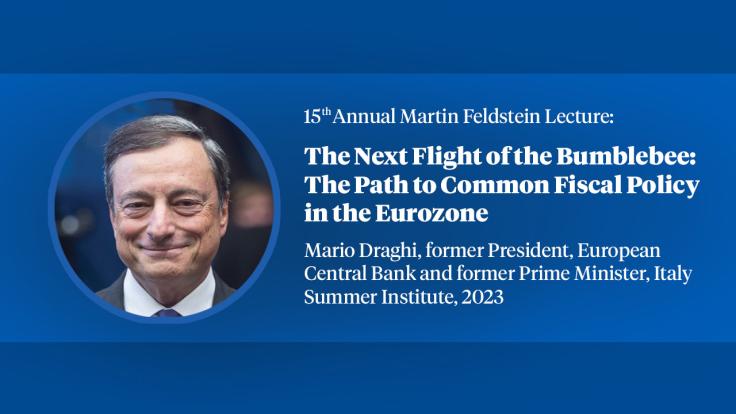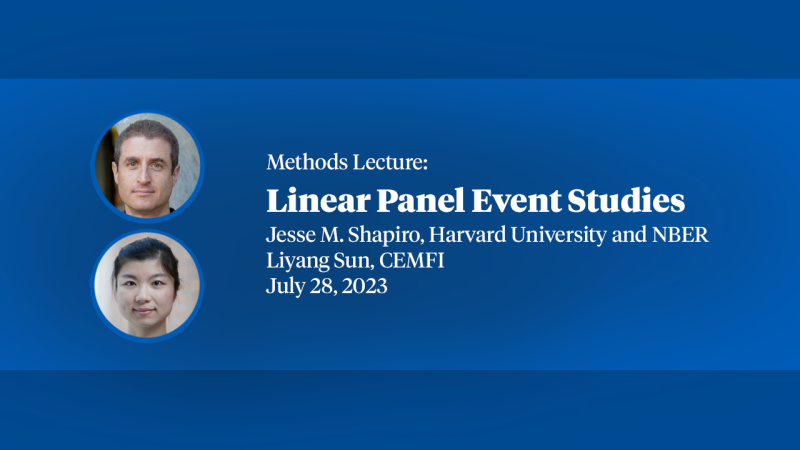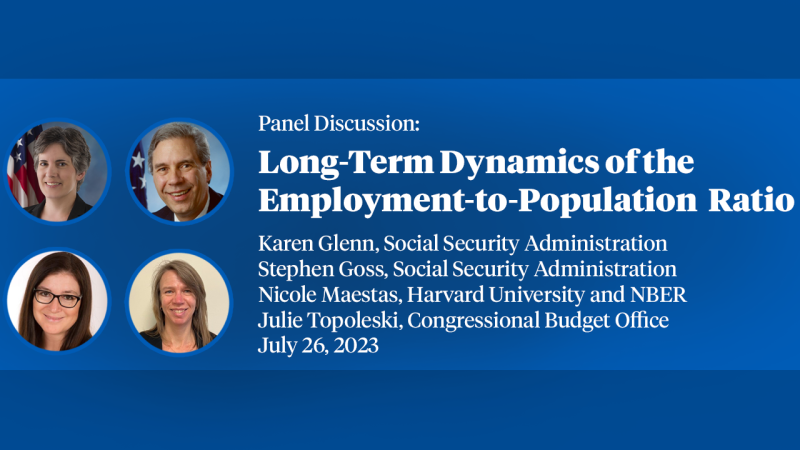A Sparsity-Based Model of Bounded Rationality
This paper defines and analyzes a "sparse max" operator, which is a less than fully attentive and rational version of the traditional max operator. The agent builds (as economists do) a simplified model of the world which is sparse, considering only the variables of first-order importance. His stylized model and his resulting choices both derive from constrained optimization. Still, the sparse max remains tractable to compute. Moreover, the induced outcomes reflect basic psychological forces governing limited attention.
The sparse max yields a behavioral version of two basic chapters of the microeconomics textbook: consumer demand and competitive equilibrium. We obtain a behavioral version of Marshallian and Hicksian demand, the Slutsky matrix, the Edgeworth box, Roy's identity etc. The Slutsky matrix is no longer symmetric: non-salient prices are associated with anomalously small demand elasticities. Because the consumer exhibits nominal illusion, in the Edgeworth box, the offer curve is a two-dimensional surface rather than a one-dimensional curve. As a result, different aggregate price levels correspond to materially distinct competitive equilibria, in a similar spirit to a Phillips curve. This framework provides a way to assess which parts of basic microeconomics are robust, and which are not, to the assumption of perfect maximization.
Published Versions
Xavier Gabaix, 2014. "A Sparsity-Based Model of Bounded Rationality," The Quarterly Journal of Economics, Oxford University Press, vol. 129(4), pages 1661-1710. citation courtesy of ![]()


